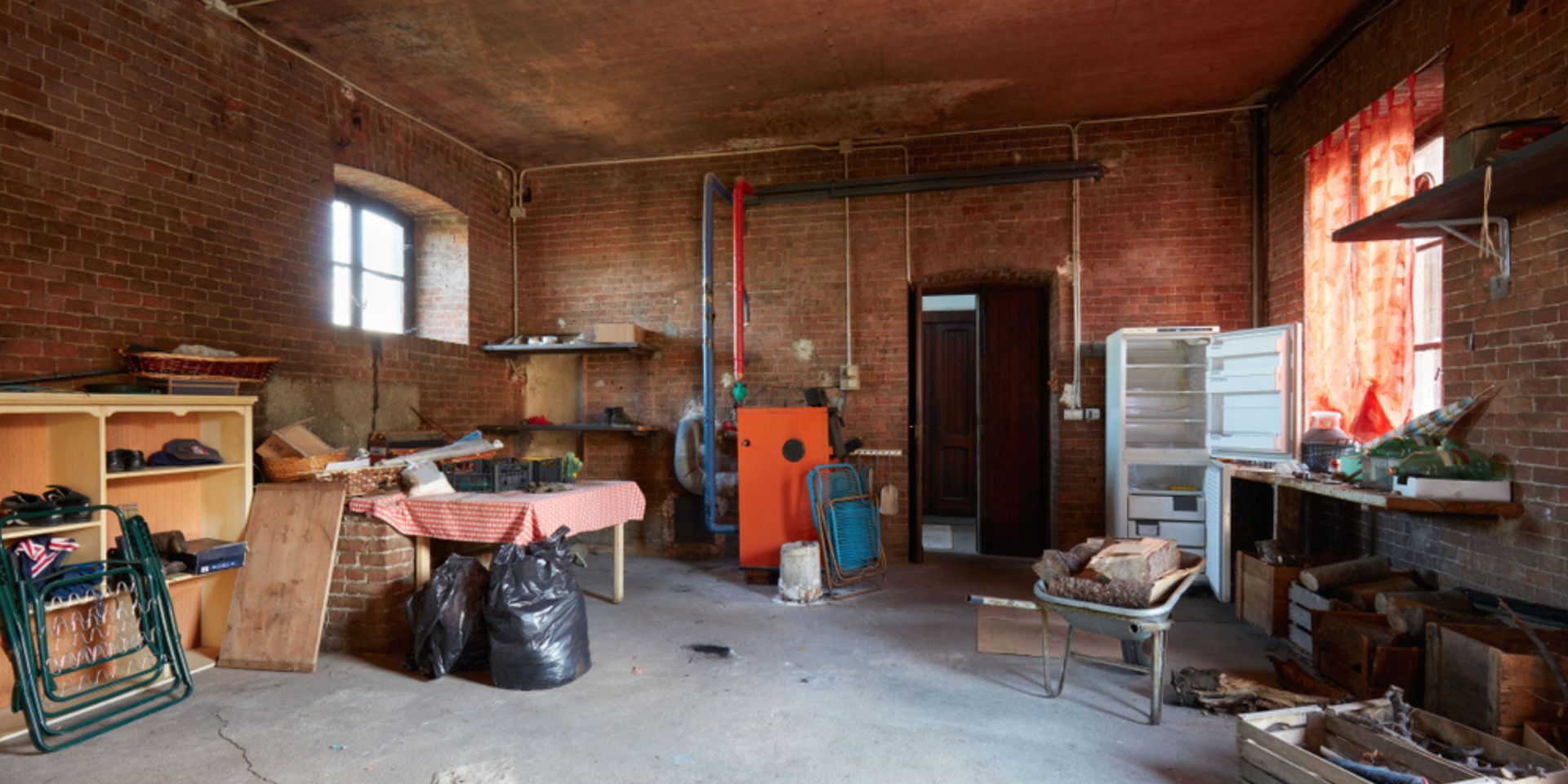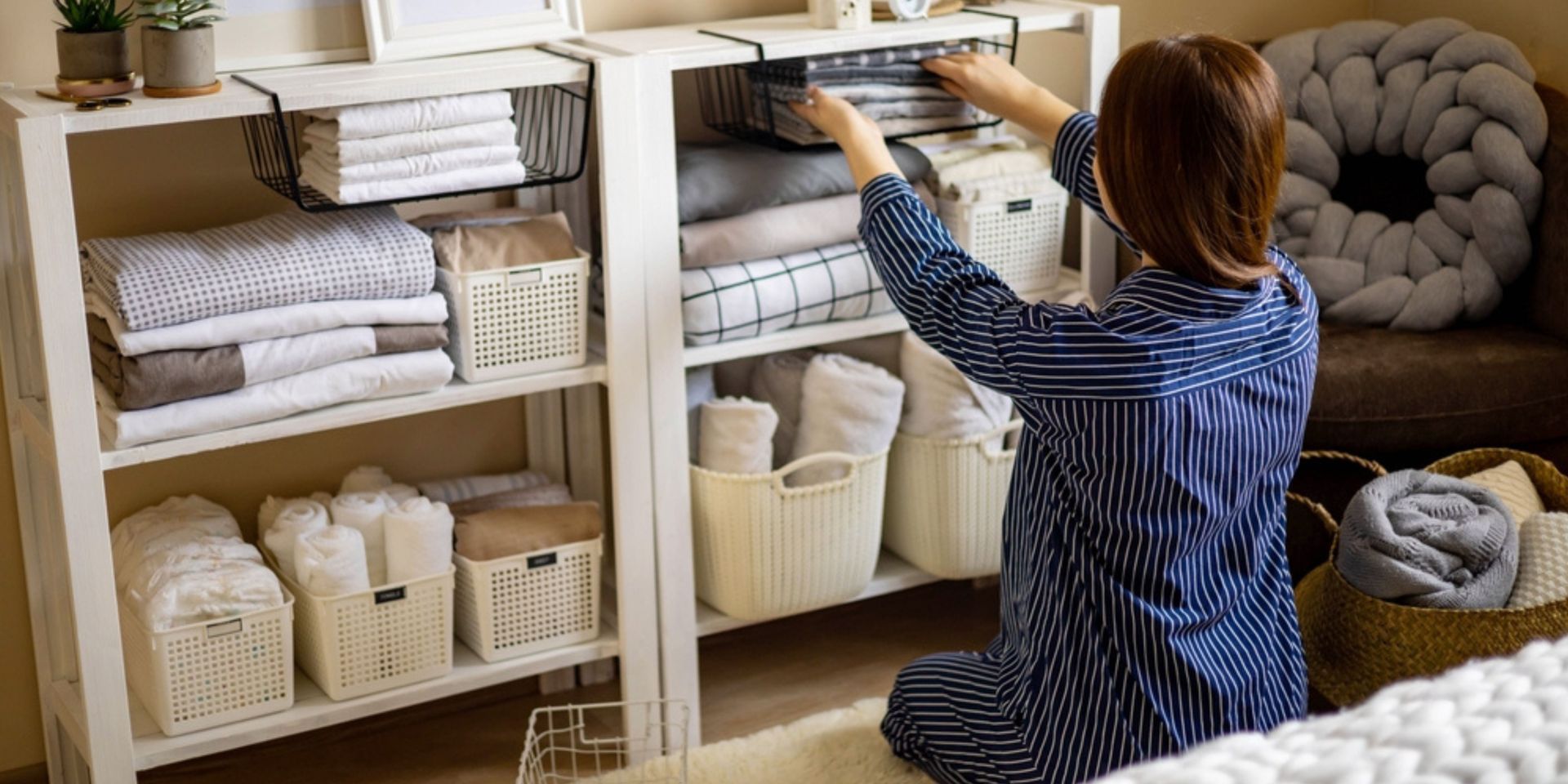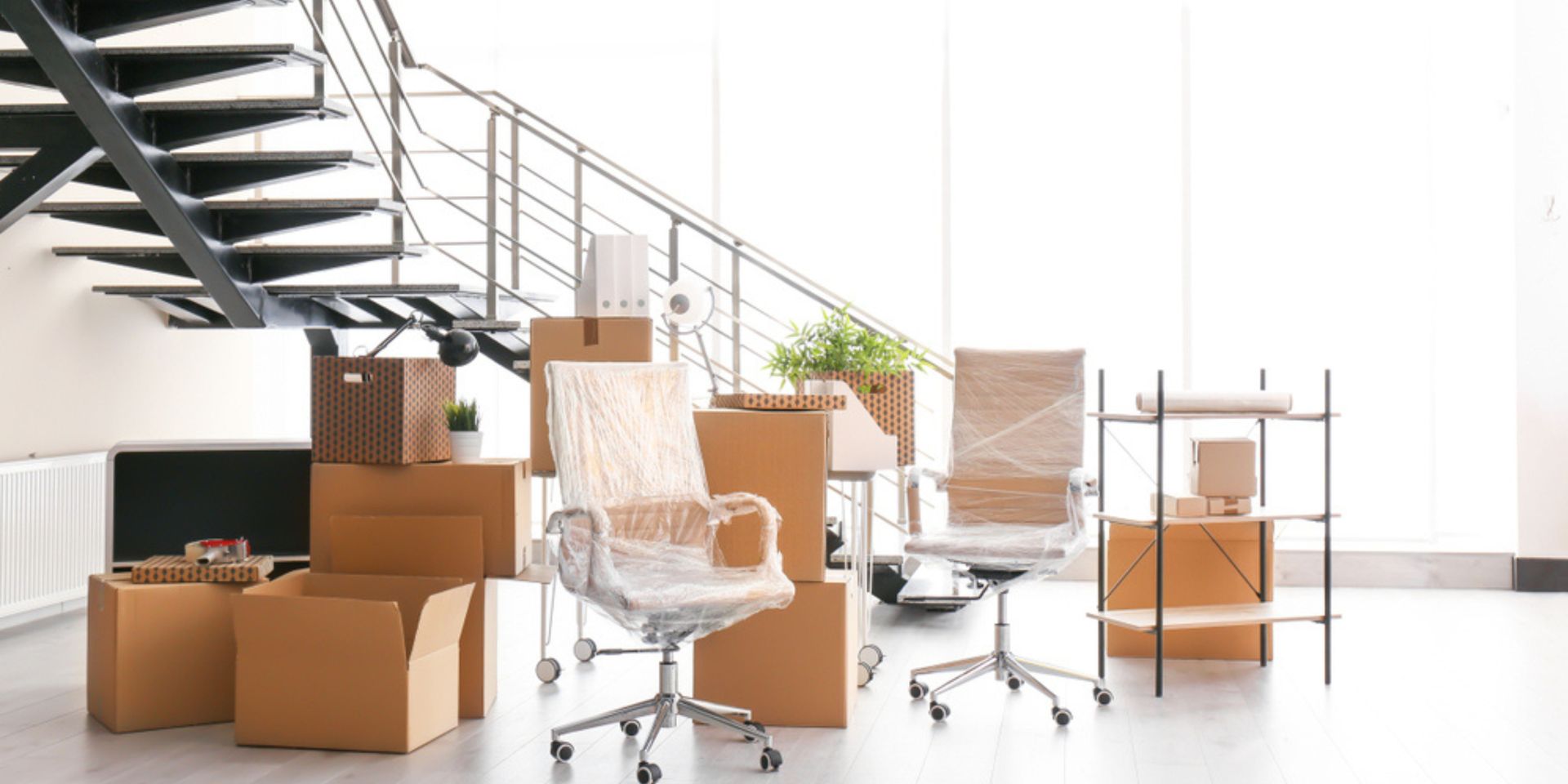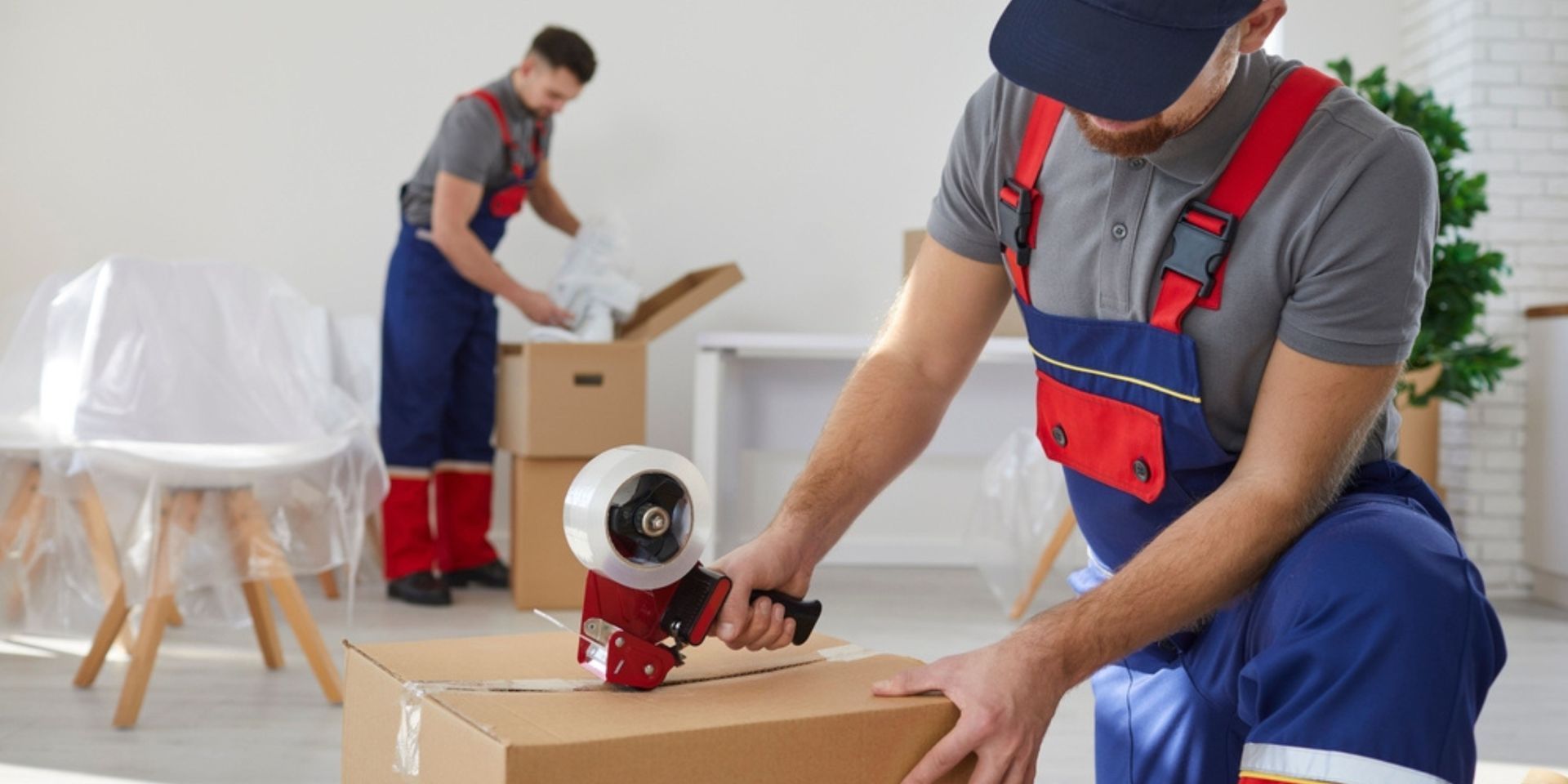
Get in touch
555-555-5555
mymail@mailservice.com
How to Choose the Perfect Office Organizer for Your Needs
In today’s fast-paced and multitasking world, having an organized workspace is more than just a preference—it's a necessity. Whether you're working from home, in a co-working space, or in a corporate office, the right office organizer can significantly impact your productivity and mental clarity. With countless types of office organizers available, ranging from desktop trays and file holders to drawer dividers and storage bins, selecting the right one can feel overwhelming.
To help you make an informed decision, this comprehensive guide will take you through the steps to choose the perfect office organizer for your needs. We’ll explore everything from determining your organizational style to evaluating the various types of office organizers available on the market.
Why You Need an Office Organizer
Before we dive into the details of choosing the right office organizer, it's essential to understand why you need one in the first place. Many people underestimate the value of an organized workspace, but studies have consistently shown that a clutter-free environment can enhance focus, reduce stress, and increase productivity.
Here are just a few reasons why having an office organizer is crucial:
- Increased Productivity: When everything has a designated spot, you waste less time searching for items. This leads to better time management and a more efficient workflow.
- Less Stress: Clutter often leads to feelings of chaos and anxiety. Having an organized workspace reduces these stressors and creates a more calming environment.
- Better Focus: A tidy space helps your brain focus on the task at hand. You won't be distracted by piles of paper, misplaced pens, or scattered office supplies.
- Professionalism: A neat and organized desk conveys professionalism, whether you're meeting with clients, colleagues, or even participating in virtual meetings. First impressions matter, and a clutter-free desk can leave a lasting one.
Now that you understand the importance of an office organizer, let’s move on to how you can choose the right one for your specific needs.
Step 1: Assess Your Organizational Needs
The first step in choosing the perfect office organizer is to assess your specific needs. Different jobs, personalities, and work habits require different types of organization. What works for one person may not work for another. Ask yourself the following questions to better understand what you need:
What Type of Work Do You Do?
- Are you dealing mostly with paperwork, or is your work more digital? If you're frequently handling physical documents, you may need more file trays and document holders. On the other hand, if your work is primarily digital, you might need a simple desktop organizer for miscellaneous items.
How Much Space Do You Have?
- Are you working in a spacious office or a small cubicle? The amount of space you have will determine the size and number of office organizers you can accommodate. If space is limited, look for compact, vertical storage options that maximize efficiency without taking up too much desk space.
What Type of Clutter Do You Have?
- Take a look at the types of items that tend to clutter your desk. Are they small office supplies like pens, paper clips, and sticky notes? Or do you have larger items like binders and reference books that need organizing? Understanding the nature of your clutter will guide you in selecting the most effective office organizer.
Do You Have Drawers or Only Desktop Space?
- Some desks come with built-in storage like drawers, while others are minimalistic and offer only a flat surface. If you have drawers, consider using drawer organizers to keep them tidy. If not, desktop trays, shelves, and vertical file holders can serve as excellent alternatives.
Do You Prefer a Minimalist or Detailed Organization Style?
- Some people prefer minimalism, with only a few essential items on their desk, while others like to have everything within reach and neatly organized. Your personal style will impact the type of office organizer you choose.
Step 2: Consider the Types of Office Organizers
Once you've assessed your organizational needs, it's time to explore the different types of office organizers available. Depending on your workspace and specific requirements, you may need one or a combination of the following options:
1. Desktop Organizers
Desktop organizers are designed to help keep your workspace clutter-free. They come in various forms, such as trays, caddies, and racks. These can be used to organize papers, pens, notebooks, and other frequently used office supplies. Some popular desktop organizers include:
- Desk Trays: These are stackable trays where you can keep important documents and files. They are great for categorizing papers, such as "To Do," "In Progress," and "Completed."
- Pen Holders and Caddies: These are essential for keeping your writing tools like pens, pencils, and markers within easy reach.
- Monitor Stands with Drawers: Some desktop organizers come with built-in monitor stands that raise your screen to eye level while offering additional storage space underneath.
- Vertical File Holders: These keep your files upright, making them easily accessible without taking up too much desk space.
2. Drawer Organizers
Drawer organizers are indispensable for those who have desk drawers but still struggle with clutter. These organizers come with compartments for different items, helping you maintain order even when your supplies are out of sight. Key options include:
- Modular Drawer Dividers: These dividers can be customized to fit your drawer's size and the items you store, ensuring that everything has its place.
- File Drawer Organizers: If your desk has a file drawer, consider using hanging file folders or a drawer system that categorizes your paperwork by topic or project.
- Small Item Trays: These are perfect for keeping small office supplies like paper clips, rubber bands, and sticky notes from getting lost in the depths of a drawer.
3. File Organizers
For individuals who handle a lot of paperwork, file organizers are crucial. These come in various styles, from wall-mounted units to portable filing boxes. Here are some popular options:
- Filing Cabinets: These are ideal for offices that require the storage of a large volume of documents. Filing cabinets help keep important files safe and accessible.
- Portable File Boxes: If you need to move between different workspaces, a portable file box allows you to take important documents with you wherever you go.
- Wall-Mounted File Holders: These space-saving options keep files off your desk and within easy reach. They are perfect for small offices or home workspaces with limited desk space.
4. Cable Management Organizers
With the increasing reliance on technology, many desks are cluttered with cables and wires. Cable management organizers are designed to keep your cords tangle-free and out of the way. Some popular cable management solutions include:
- Cable Clips: These small clips can be attached to the edge of your desk to hold charging cables, USB cords, and power cords in place.
- Cable Sleeves: These sleeves bundle multiple cables together, giving your desk a cleaner, more streamlined appearance.
- Cord Concealers: These are perfect for hiding cables that run along the floor or walls, creating a more organized look in your office.
5. Shelf and Wall Organizers
If desk space is limited, shelf and wall organizers can be a game-changer. They take advantage of vertical space and can be used to store books, files, or decorative items without cluttering your desk. Consider the following options:
- Floating Shelves: These are mounted on the wall and provide additional space for storing office supplies, books, or personal items.
- Wall Pockets: These are hanging organizers that hold files, folders, or small office items. They are great for clearing desk space while keeping essential items within reach.
- Pegboards: Pegboards can be customized with hooks, shelves, and containers to hold a wide variety of office supplies.
Step 3: Choose the Right Material and Design
Now that you've decided on the type of
office organizer you need, it's time to think about the material and design. Office organizers come in various materials, each with its benefits. Here’s how to choose the right one based on your preferences:
1. Wood Office Organizers
Wood office organizers are durable, sturdy, and give off a classic, professional appearance. They are perfect for those who prefer a more traditional or executive look. Wood organizers are available in various finishes, such as oak, walnut, and cherry, to match your office decor.
2. Metal Office Organizers
Metal office organizers offer a sleek, modern look. They are durable and often feature wire mesh designs that provide a minimalist aesthetic. Metal organizers are also lightweight, making them easy to move around the office.
3. Plastic Office Organizers
Plastic office organizers are affordable and versatile. They come in a variety of colors, making them ideal for those who want a pop of color in their workspace. While not as durable as wood or metal, plastic organizers are easy to clean and can be replaced without breaking the bank.
4. Acrylic Office Organizers
Acrylic organizers offer a chic, contemporary look. They are transparent, which makes it easy to see what's inside. Acrylic is also lightweight and easy to clean, making it a popular choice for modern offices.
Step 4: Measure Your Space
Before purchasing any office organizer, it’s crucial to measure your desk or workspace. Knowing the exact dimensions of your available space will ensure that the organizers you choose fit perfectly and don’t overwhelm your desk.
If you're buying multiple organizers, consider how they’ll fit together. For example, if you're getting both a desktop tray and a pen holder, make sure they complement each other and leave enough space for you to work comfortably.
Step 5: Think About Functionality
Functionality is key when choosing the perfect office organizer. It's not enough for an organizer to look good—it should also be practical and meet your day-to-day needs. Here are some features to look for:
- Stackability: Can the organizer be stacked to save space?
- Portability: If you move between offices or workspaces, is the organizer easy to transport?
- Accessibility: Are the items you need frequently easy to access?
- Customizability: Can you adjust or rearrange the organizer to suit your changing needs?
Step 6: Budget Considerations
Last but not least, consider your budget. The price of office organizers varies widely depending on the material, brand, and design. While it may be tempting to go for the cheapest option, investing in quality organizers will save you money in the long run. Cheaper organizers may need to be replaced frequently, while high-quality ones will last for years.
Conclusion
Choosing the perfect office organizer is an important step toward creating a productive and efficient workspace. By assessing your needs, considering the different types of organizers available, and selecting the right materials and design, you can create a customized solution that fits your work style and preferences. Whether you're looking for a desktop organizer, drawer divider, or cable management system, the right office organizer will help you stay focused, reduce clutter, and boost productivity.
Now that you have the knowledge and tools to select the perfect office organizer, it's time to take action. Remember that an organized workspace is not just about aesthetics—it’s about creating an environment where you can do your best work. With the right office organizer, you’ll be well on your way to a more efficient, stress-free workday.

Settle smoothly into your new or existing home with The Model Home's organizing expertise.
Serving clients in Washington DC, MD, VA, Orange County & Los Angeles. Let's get organized!
Contact Us
Telephone:
Location:
4315 50th Street Northwest Unit 200 Washington, DC 20016
Sign up for our mailing list!










